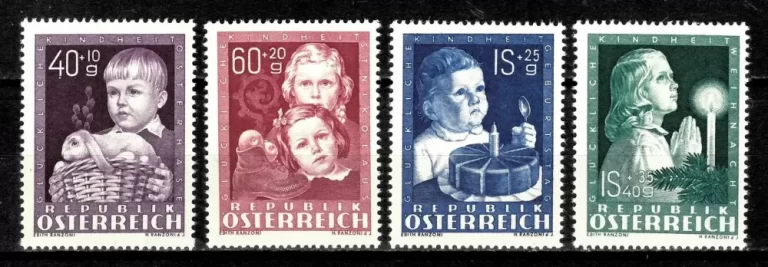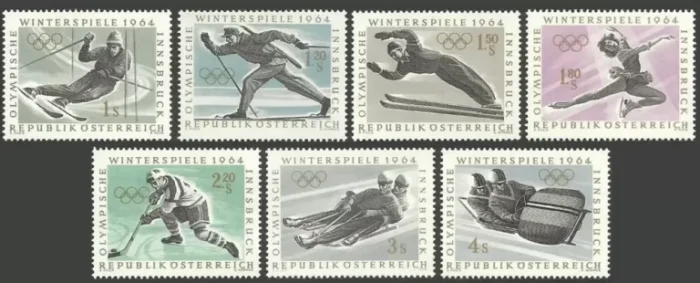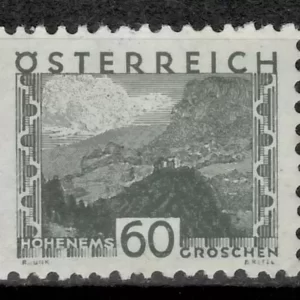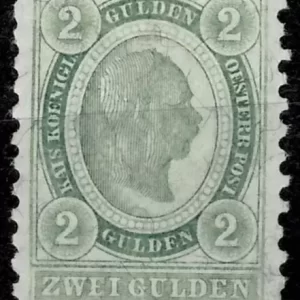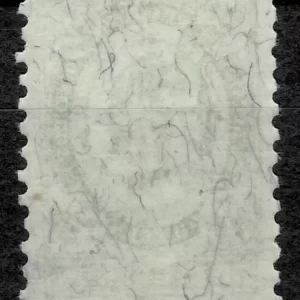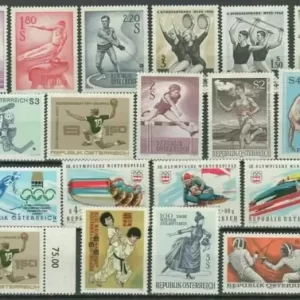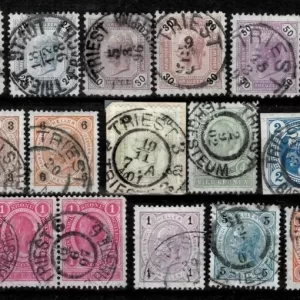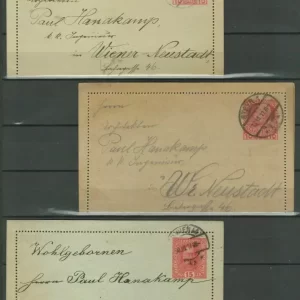In 1949, Austria issued a set of stamps to commemorate Child Welfare under the theme “Happy Childhood.” These stamps were part of a broader effort to promote and support the well-being of children in the post-war era. Here’s an overview of this commemorative issue:
Austria 1949 “Happy Childhood” Child Welfare Stamps
General Information:
- Date of Issue: April 20, 1949.
- Purpose: To raise awareness and funds for child welfare initiatives in Austria.
- Theme: “Happy Childhood,” celebrating the importance of a joyful and nurturing environment for children.
Design and Denominations:
The series featured four stamps, each depicting different scenes related to children’s activities and happiness. The stamps were designed by renowned artists and aimed to capture the essence of a happy childhood.
- 5 Groschen Stamp:
- Design: Features a young boy playing with a dog.
- Color: Green.
- Artist: Sepp Haberl.
- 10 Groschen Stamp:
- Design: Depicts a girl holding a doll.
- Color: Red.
- Artist: Sepp Haberl.
- 20 Groschen Stamp:
- Design: Shows two children riding a sled.
- Color: Blue.
- Artist: Sepp Haberl.
- 30 Groschen Stamp:
- Design: Illustrates children playing a game, symbolizing camaraderie and fun.
- Color: Brown.
- Artist: Sepp Haberl.
Significance:
- Post-War Context: The issuance of these stamps came shortly after World War II, during a period when Austria was rebuilding and focusing on social welfare, particularly for vulnerable populations like children.
- Social Impact: The stamps not only served a postal function but also helped to generate funds for child welfare programs. They were part of a broader campaign to improve the lives of children through better healthcare, education, and recreational opportunities.
Collecting Information:
- Philatelic Interest: The “Happy Childhood” series is a favorite among collectors of Austrian stamps and those interested in thematic collections focusing on children or social welfare.
- Catalog Listings: These stamps are listed in major philatelic catalogs such as Scott, Michel, and Stanley Gibbons, often noted for their artistic value and historical significance.
Visual and Artistic Elements:
- Artistic Style: The designs are characterized by a warm, nostalgic style, reflecting idealized scenes of childhood joy and innocence.
- Printing: The stamps were printed using high-quality engraving techniques, which was typical for Austrian stamps of the period, ensuring detailed and visually appealing images.
Legacy:
The 1949 “Happy Childhood” stamps remain a poignant reminder of the importance of child welfare and the role of philately in supporting social causes. They continue to be celebrated for their beautiful designs and the positive message they conveyed during a critical time in Austria’s history.

